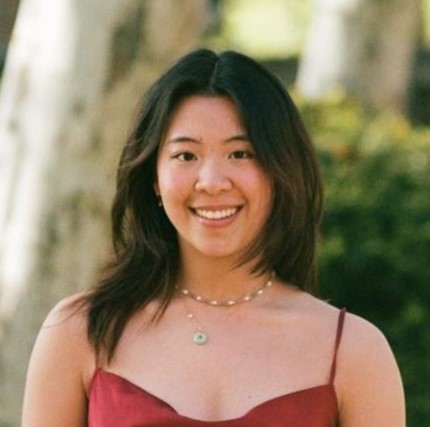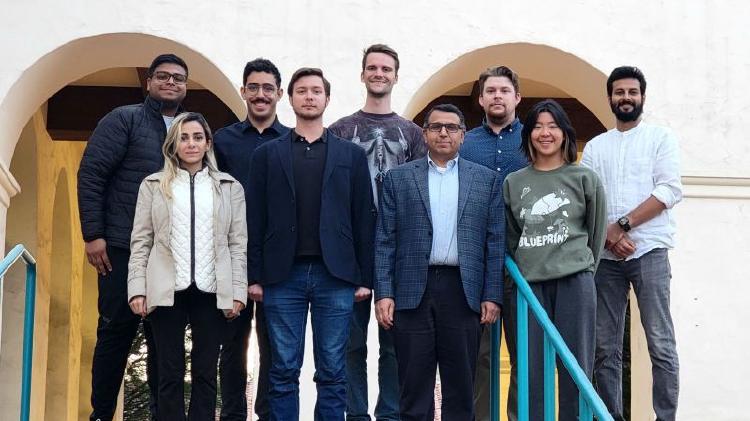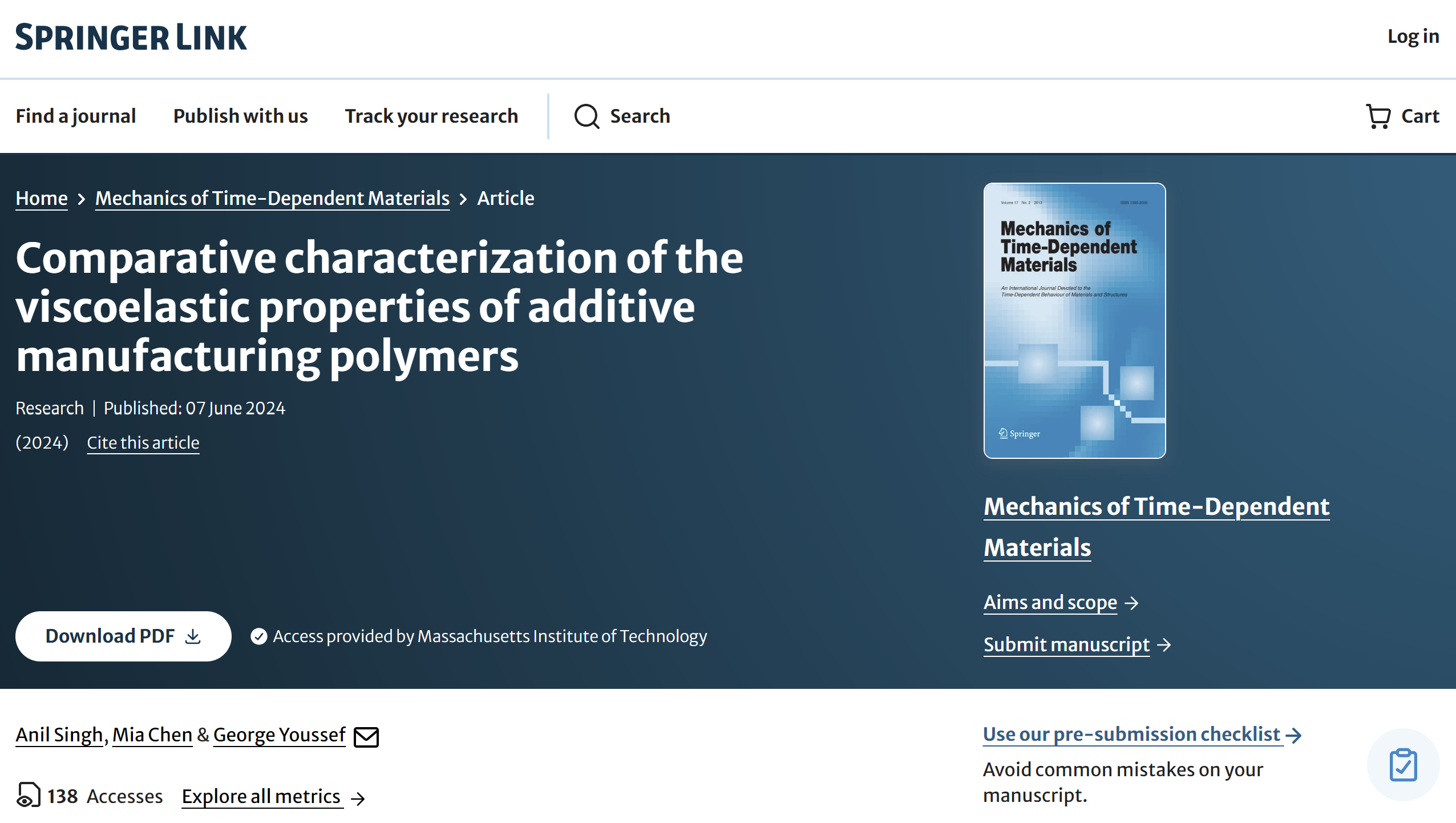Research in Additive Manufacturing at EML
Exploring a different side of mechanical engineering

- Mia Chen
- 2 min read

In the summer of 2022, I attended the “Young Engineers’ Experience” program hosted by the Experimental Mechanics Laboratory (EML) at San Diego State University (SDSU). Under the mentorship of Dr. George Youssef and EML, this experience opened my eyes to a completely different side of mechanical engineering and piqued my interest in the field of additive manufacturing.
Young Engineers’ Experience (YEE)
Our project for the summer was assessing and comparing the mechanical properties of parts fabricated through Fused Deposition Modeling (FDM), and vat photopolymerization (also known as Stereolithography). These two methods are the most common methods of additive manufacturing among commercial users and hobbyists, but it’s well known that additively manufactured parts suffer reduced strength and stiffness due to the layering effect and suboptimal bonding. More specifically, we aimed to assess the extent of the effect of manufacturing method on mechanical properities of these components under different loading rates. Quasi-static loading was tested on an Instron load frame, and ultra high strain rate testing was performed using laser-induced shock waves.
Continued Research at EML
The YEE summer program only lasted six weeks, but it was an amazing introduction to scientific research. However, even though the program was over, I felt that the research was far from done so I decided to email Dr. Youssef essentially asking for an opportunity to continue research with the lab. I continued with research on the mechanical properties of additively manufactured materials, but the scope shifted to a characterization of their dynamic response as a function of temperature. Through dynamic mechanical analysis, we were able to extract the viscoelastic properties of a range of sample materials and fit a stiffness-temperature model that provides insight into the molecular motion occurring over each thermal transition. You can read more about the research and its applications in our paper: Comparative characterization of the viscoelastic properties of additive manufacturing polymers
Unfortunately leaving for college meant leaving EML as well, but I’ll forever be grateful to Dr. Youssef and the community at EML for giving me such a great introduction to scientific research and creating such a welcoming environment to learn and explore experimental mechanics.
